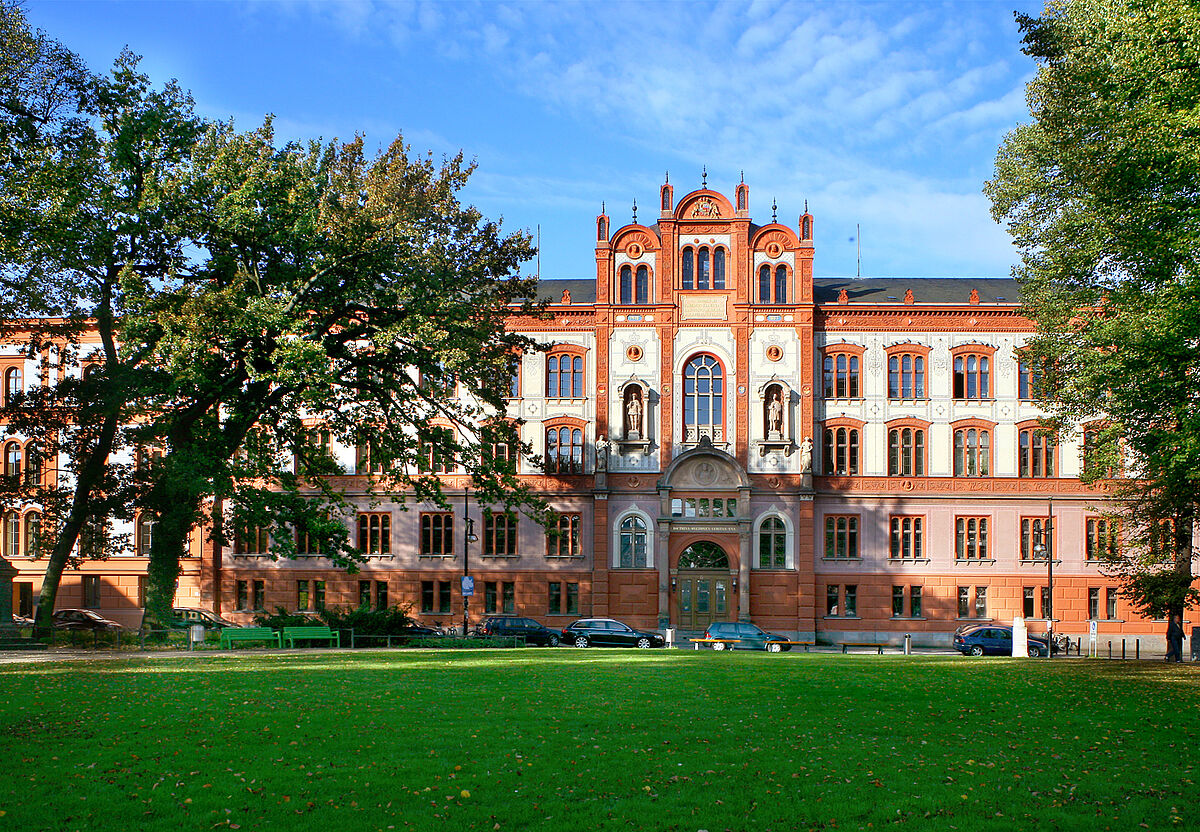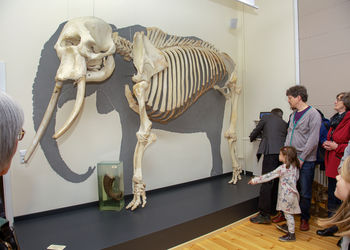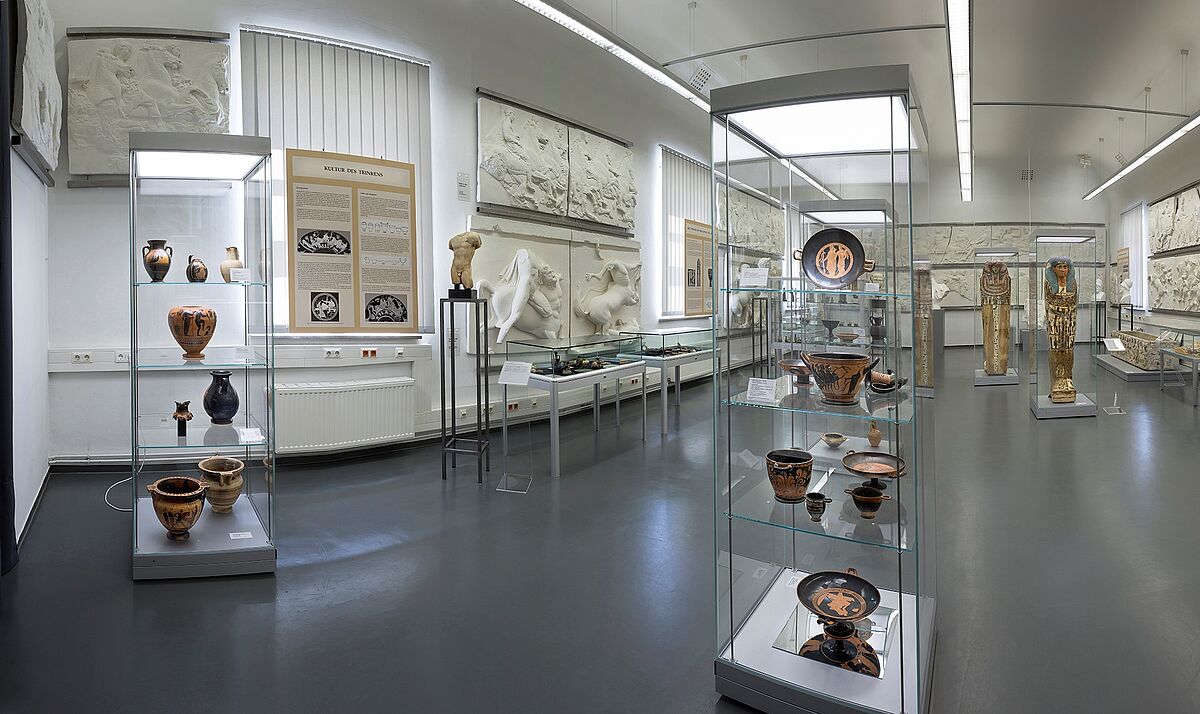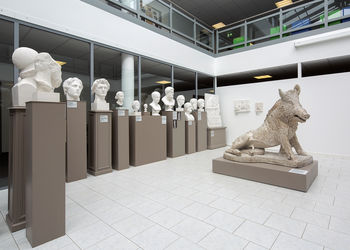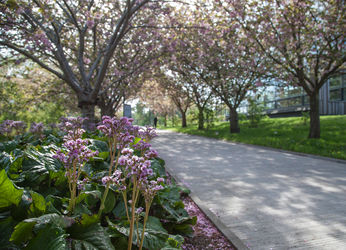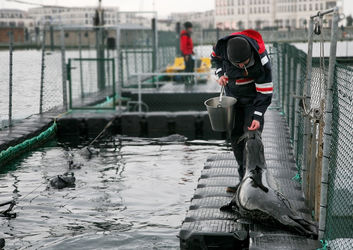Discover University of Rostock
The University of Rostock cordially invites you to a visit. Even those who do not study here can learn and experience a lot:
University main building
Universitätsplatz 1 | 18055 Rostock
Today's main building of the University of Rostock essentially consists of two parts. In 1844 the southern wing, the Neues Museum, was built as a "Museum for the University of Rostock" according to the designs of the Schwerin architect Georg Adolph Demmler (1804-1886). From 1867 to 1870 the central building and the right wing were built on the site of the old university, the White College, according to the plans of the architect Helmuth Bogislav Hermann Willebrand (1816-1899).
Treasure chamber of the University of Rostock
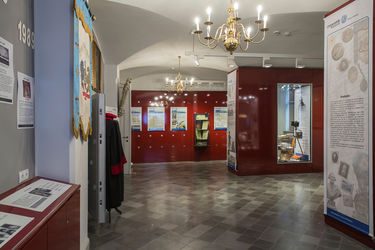
Universitätsplatz 1 | 18055 Rostock
The treasure chamber of the University of Rostock is located in the main building on the Universitätsplatz. In addition to current exhibitions on the history of the university, the rector's insignia sceptre and seal can be viewed as replicas.
University Church
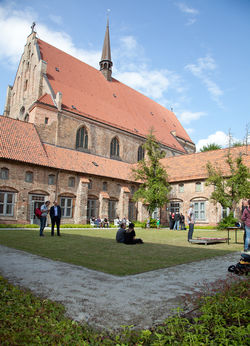
Access via the Kulturhistorische Museum
Klosterhof 7 | 18055 Rostock
The gothic monastery church 'Zum Heiligen Kreuz' has served in its history as an art museum, library and laundry drying room - since 1899 it has been a university church. In its special academic-religious use it is the only university church in East Germany. This was also the case throughout the entire GDR period.
Collection of the Zoological Institute
Universitätsplatz 2 | 18055 Rostock
The Zoological Collection of the University of Rostock is part of the Department of General and Special Zoology at the Institute of Biosciences of the University of Rostock, located on the most beautiful square of the University and Hanseatic City. It was founded in 1775 and is therefore one of the oldest permanently existing institutions of the University. Its approximately 140,000 series of original specimens from the animal kingdom are of international importance for research and teaching in the field of biodiversity and evolutionary research.
Original Collection of the Heinrich Schliemann Institute for Classical Studies
Schwaansche Straße 3 | 18055 Rostock
The Archaeological Collection of the Heinrich Schliemann Institute is a teaching collection that primarily serves the academic teaching and training of students. It is also open to the public and can be viewed on request. Guided tours take place at regular intervals.
Cast Collection Antique Sculpture of the Heinrich Schliemann-Institute
Jakobi-Passage 3. Obergeschoss | Kröpeliner Straße 57 / 18055 Rostock
The casting collection currently comprises about 200 sculptures and reliefs. It contains mainly sculptures from the Archaic and Classical periods as well as a large number of Greek and Roman portraits. It is composed of old casts acquired as early as the 19th century as well as new acquisitions.
Botanical garden
Visitor entrance: Hamburger Straße/Holbeinplatz | 18069 Rostock
A botanical garden was first established permanently at the University of Rostock in 1885 by Karl Ritter von Goebel. Between 1935 and 1939, the 7.8 hectare outdoor area of the Botanical Garden on Hamburger Straße was established by Arno Lehmann and Erich Rulsch.
In the Botanical Garden there are almost 10,000 species of plants in culture. The preservation and expansion is mainly ensured by seed and plant exchange with other botanical gardens.
Marine Science Center
Am Yachthafen 3A | 18119 Rostock-Hohe Düne
The Marine Science Center (Seal Research Center) of the chair "Sensory and Cognitive Ecology" is located at the gates of Rostock, in the marina Rostock - Hohe Düne directly at the eastern pier of the Warnow. The orientation mechanisms of marine mammals are investigated on a former passenger ship, which has been converted for research purposes, with an adjacent fenced-off outdoor enclosure. The research institute is open to the public, so there is the opportunity to observe researchers and seals at work.

